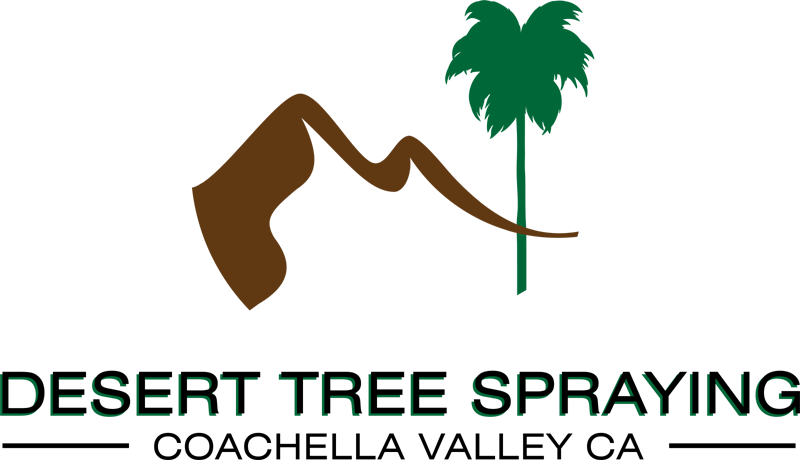Turf care is an essential part of keeping your lawn healthy and beautiful. It’s also a big investment, so you want to make sure you’re getting the most out of your turf.
There are several different types of commercial treatments for turf care, each with their own benefits and drawbacks. In this article, we’ll explain the differences between these treatments and give you some tips on choosing the right treatment for your yard.
What Is Lawn Fertilization?
Lawn fertilizers can be applied in two ways: as a top dressing or by injection into the soil. Top dressings provide nutrients directly onto the surface of the grass while injections go deeper down into the root zone where they get absorbed more quickly. Both methods have advantages and disadvantages that will depend on what type of fertilizer you use and how much you apply.
Top Dressings
A common misconception about top-dressing applications is that they only benefit new growth. This isn’t true at all! A good application of fertilizer will help keep existing plants healthier and stronger throughout the year. The best time to apply top dressings is when it rains because water helps spread them evenly across the entire lawn. You should always follow up any top-dressing application with another one within three weeks. If you don’t do this, the nutrients may not reach deep enough roots to stimulate plant growth.
Injection Applications
Fertilizer injected into the ground has many advantages over top dressings. First off, it gets delivered straight to the root zone which means faster absorption rates. Second, it doesn’t need to be watered after applying since the moisture from rainfall spreads the fertilizer around naturally. Third, if there is too little rain during the growing season, injecting fertilizer allows you to still feed your lawn even though it won’t grow very well. Finally, injectable fertilizers allow you to target specific areas of your lawn without having to worry about spreading them everywhere. For example, you could inject fertilizer near trees or shrubs to encourage those plants’ health.
What Type of Application Is Best?
You can apply either broadcast or injection methods to deliver fertilizer to your grass. Broadcast fertilization involves mixing fertilizer directly onto the soil surface where it then dissolves into the surrounding air. When applied this way, fertilizer tends to get washed away quickly due to windy conditions. As a result, it’s often necessary to reapply fertilizer multiple times throughout the growing season. This method works best when you don’t expect heavy rains because water will wash away any excess fertilizer. If you do plan on watering frequently, consider using an application system called “injection” fertilization. With this technique, you place small holes at regular intervals across the entire area of your lawn. The holes are filled with fertilizer solution and left open until all the liquid dries up. Once dry, the holes close up and prevent further leakage. Because there isn’t enough time for rainwater to dilute the fertilizer, you only need to apply one dose of fertilizer during the course of the year.
How Much Do I Need?
You may be tempted to overapply fertilizer to ensure your lawn gets plenty of nutrition. But doing so could actually harm your turf. Overapplication leads to leaching which causes excessive loss of nitrates from the soil. Nitrate levels in the soil drop below safe limits after about three weeks. Excess nitrogen encourages algae blooms, which can lead to disease outbreaks. And too much fertilizer can cause nutrient imbalances in your lawn. For example, high-nitrogen applications encourage leaf burn, which results in yellowing leaves. A lack of potassium can leave your lawn stunted and weak.
The amount of fertilizer needed depends on many factors including type of grass; climate; soil composition; weather patterns; and whether you’ve been applying fertilizer regularly. To determine how much fertilizer you should add to your lawn, contact your local extension service office. You can find information online by searching for “how much fertilizer does my lawn need.”
When Should I Apply My Treatment?
Fertilizer doesn’t work well unless you apply it properly. Too little fertilizer won’t help your lawn grow strong roots and foliage. On the other hand, applying too much fertilizer can have negative effects. So what’s the ideal timing for treating your lawn? Ideally, you’d like to spread fertilizer around two months prior to planting new sod. That gives your grass ample time to absorb the nutrients without causing damage to existing root systems. Afterward, you might want to repeat the process every few years depending on your region’s climate.
Our team of professionals at Desert Tree Spraying has many years of experience in the turf care industry. We specialize in providing high-quality service and customer satisfaction. If you live in the Coachella Valley, you know that the desert climate can be harsh on your lawn. Desert Tree Spraying offers professional plant and tree care services for residential, commercial, and agricultural applications. We understand that your yard is important to you. That’s why we work hard to ensure that your property receives the best possible care. Call us today to schedule your free estimate!
